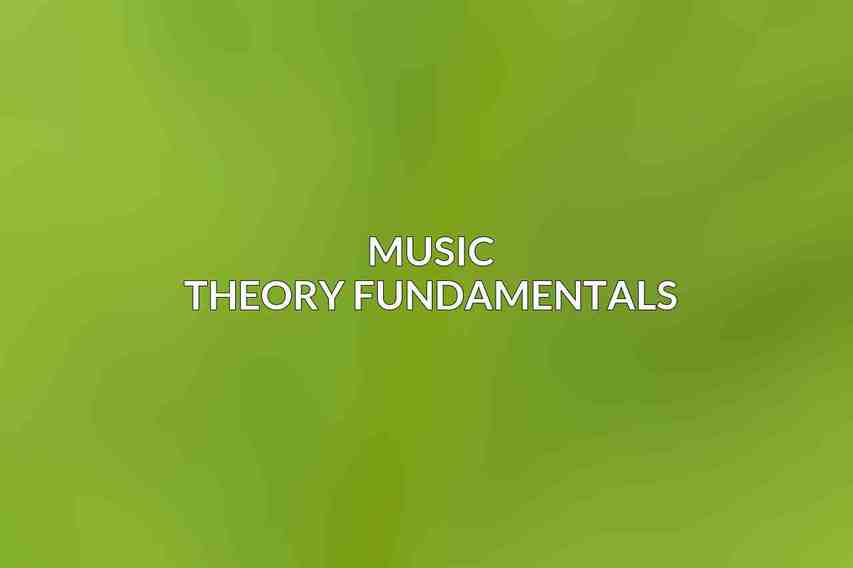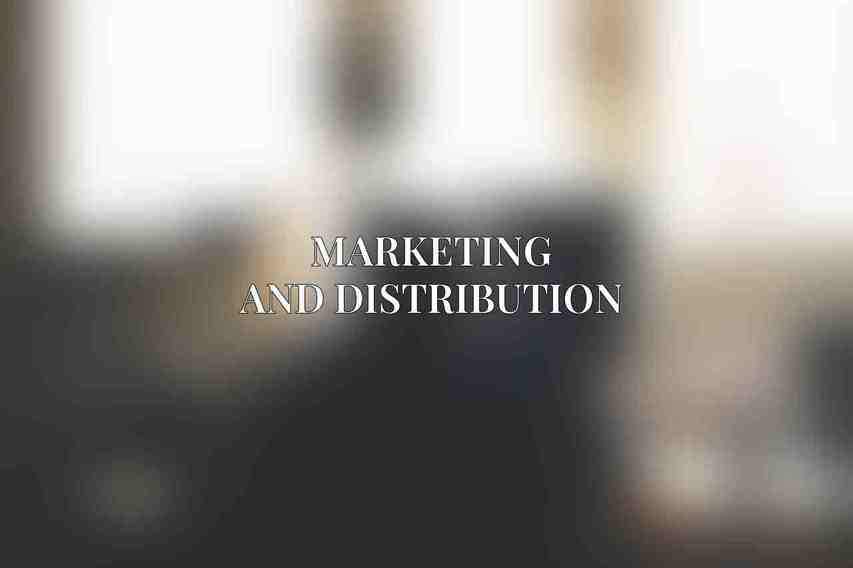Creating custom instrumental tracks is a crucial aspect of music production that allows artists to showcase their unique style and creativity. By crafting your own music, you have the opportunity to tailor the sound to your specific needs and stand out in a crowded industry.
The benefits of creating your own tracks are numerous. Not only do you have full control over the composition and production process, but you also avoid copyright issues associated with using pre-made music. Additionally, creating original music can lead to opportunities for licensing and selling your tracks for various projects.
Essential Equipment
When it comes to creating instrumental music, having the right equipment is essential to achieve professional results. Here are some key components you’ll need:
A. Digital Audio Workstation (DAW)
A Digital Audio Workstation (DAW) is the heart of music production, providing the tools necessary to record, arrange, and edit your music. Popular DAWs such as Ableton Live, Logic Pro, and FL Studio offer a range of features including multi-track recording, MIDI editing, and plugin support.
B. MIDI Controller Keyboard
A MIDI Controller Keyboard is a versatile tool that allows you to play and record virtual instruments within your DAW. Consider factors like the type of keys (weighted, semi-weighted, unweighted), the number of keys, and velocity sensitivity when choosing a controller.
C. Audio Interface
An Audio Interface is necessary for connecting instruments, microphones, and other audio gear to your computer for recording and playback. Pay attention to specifications such as input/output channels, sample rate, and latency to ensure high-quality audio recordings.
Music Theory Fundamentals

Understanding music theory fundamentals is crucial for creating cohesive and harmonious instrumental tracks. Key aspects to focus on include:
A. Scales and Key Signatures
Mastering different scales and key signatures will help you create melodies and harmonies that fit well together. Find more on Top Relaxing Instrumental Music for Meditation
B. Chords and Chord Progressions
Learning about chords and how they progress in a song is essential for crafting engaging and dynamic tracks.
C. Rhythm and Meter
Understanding rhythm and meter will guide your choices in beat creation and overall song structure.
Production Process
The production process involves various steps to transform your musical ideas into completed tracks. Here’s a breakdown of the key stages:
A. Creating a Beat
Building a solid beat involves crafting drum patterns, applying quantization for tight timing, and mixing different drum elements for a balanced sound.
B. Developing Melodies
Using MIDI sequencing tools like the Piano Roll, you can create intricate melodies with a focus on structure and harmonization.
C. Adding Harmony
Generating chord progressions, arranging harmonies, and doubling parts can elevate the emotional depth of your music.
D. Sound Design and Effects
Utilizing synthesizers, sample libraries, and effects like reverb, delay, EQ, and compression enhances the overall sonic texture and atmosphere of your tracks.
Copyright and Legal Considerations
Copyright and legal considerations are vital when creating instrumental music for distribution. It’s important to be aware of:
A. Understanding Copyright Law
Knowing the basics of copyright law ensures that you protect your original creations and avoid infringing on others’ intellectual property. Dive deeper into How to Enhance Your Projects with Instrumental Tracks
B. Royalty-Free Music and Creative Commons Licenses
Exploring royalty-free music options and Creative Commons licenses can offer accessibility for other creators while protecting your rights.
C. Registering Your Tracks
Registering your tracks with proper music licensing organizations can provide legal protection and opportunities for revenue collection.
Tools and Resources
Various tools and resources are available to support your music production journey, including:
A. Free and Paid DAWs
Explore a range of free and paid DAW options to find the one that best suits your workflow and budget.
B. Sample and Loop Packs
Platforms like Splice, Loopcloud, and LANDR offer a vast selection of samples and loops to enhance your tracks.
C. Online Mixing and Mastering Services
Services like LANDR, eMastered, and Cloudbounce provide online tools for mixing and mastering your music professionally.
Marketing and Distribution

To reach a wider audience with your instrumental music, consider these marketing and distribution strategies:
A. Building a Presence on Audio Platforms
Utilize platforms such as Spotify, Apple Music, and Bandcamp to share and promote your music to listeners worldwide.
B. Pitching to Music Supervisors
Pitching your tracks to music supervisors for film, TV, and advertising placements can open up opportunities for exposure and revenue.
C. Creating a Website and Social Media Profiles
Establishing a strong online presence through a website and active social media profiles allows you to connect with fans and industry professionals.
Advanced Techniques
Mastering advanced techniques in music production can take your instrumental tracks to the next level. Consider exploring:
A. Music Arrangement
Crafting intricate music arrangements can add depth and dynamics to your compositions.
B. Using Virtual Instruments
Virtual instruments offer a wide range of sounds and textures that can elevate your music production capabilities.
C. Sound Engineering and Mastering
Developing skills in sound engineering and mastering ensures that your tracks are polished and ready for distribution across various platforms.
creating royalty-free instrumental music is a rewarding and fulfilling endeavor that allows you to express your artistic vision and share your music with the world. By following this guide, you can equip yourself with the knowledge, tools, and resources needed to embark on a successful music production journey. Remember to stay creative, experiment with new ideas, and enjoy the process of crafting your own unique sound.
Frequently Asked Questions
What is royalty-free instrumental music?
Royalty-free instrumental music refers to music that can be used without the need to pay royalties or licensing fees for each use. It allows for unlimited use in various projects without additional costs.
What are some common instruments used in instrumental music?
Common instruments used in instrumental music include piano, guitar, drums, violin, flute, saxophone, and synthesizers. These instruments can be used to create various genres and moods in music.
How can I create my own royalty-free instrumental music?
To create your own royalty-free instrumental music, you can use music production software such as GarageBand, FL Studio, Ableton Live, or Logic Pro. You can also use virtual instruments and sample libraries to enhance your compositions.
Can I sell my royalty-free instrumental music online?
Yes, you can sell your royalty-free instrumental music online through platforms like Bandcamp, SoundCloud, or online music marketplaces like AudioJungle and Pond5. Make sure to read the terms and conditions of each platform before uploading your music.
Do I need to credit the creator of royalty-free instrumental music?
While it is not required to credit the creator of royalty-free instrumental music, it is always appreciated. Crediting the composer or musician helps support their work and allows others to discover their music.

